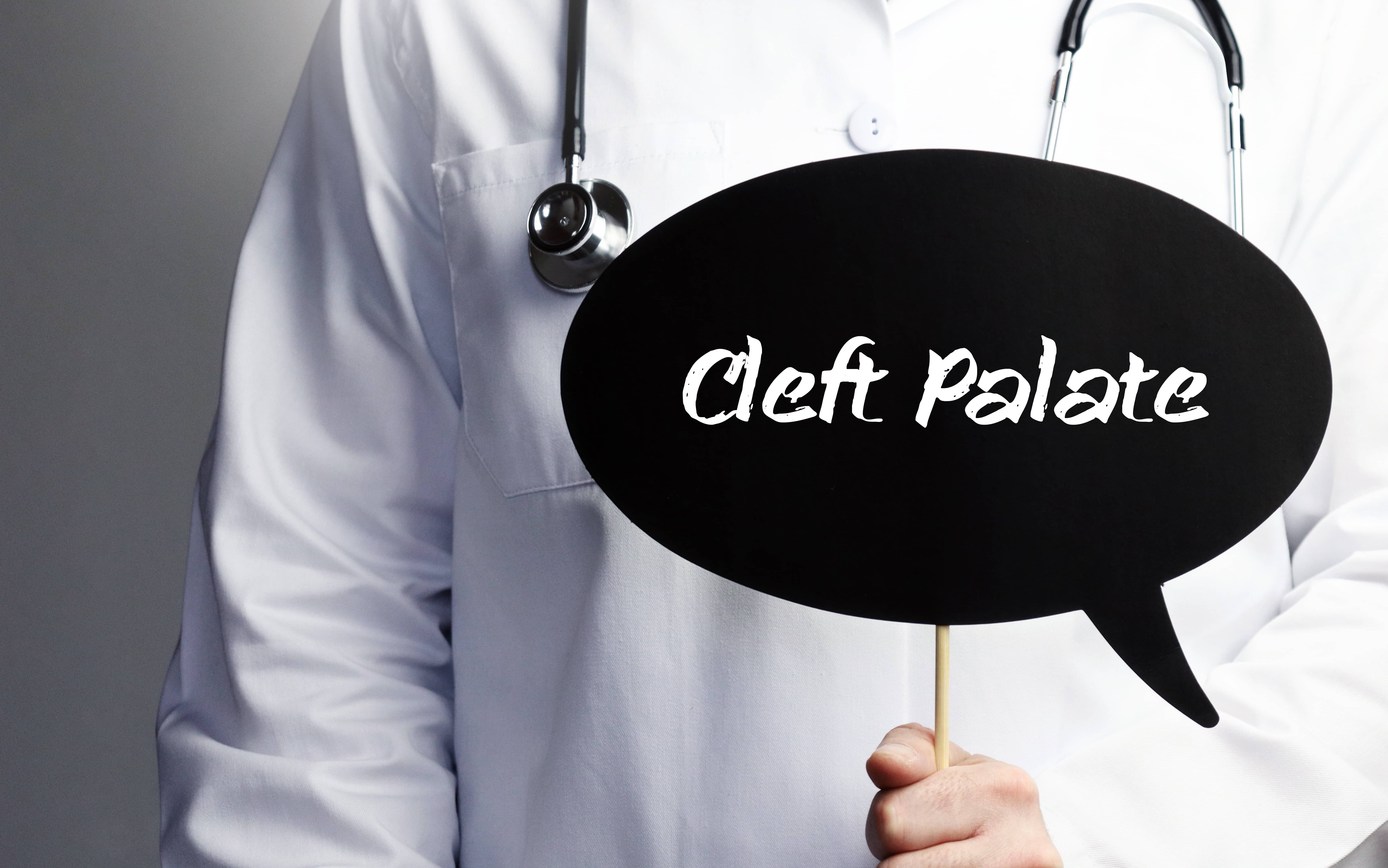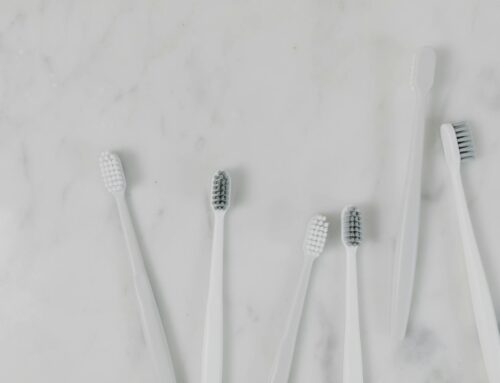A cleft lip and palate are a common facial birth defect that are present from birth. Clefts are widely misunderstood. Now, the FDI World Dental Foundation has put together a website with many resources on clefts. They hope to educate the public and oral professionals whilst improving oral care to those with clefts.
A cleft lip and palate are a very common facial birth defect. Around the world, over 500 babies every day are born with a cleft.
Babies born with a cleft will often struggle to do simple things. This includes breathing, eating, speaking and hearing.
Treatment is available for clefts. However, not everyone can access corrective surgery, especially in poorer nations.
Now, the FDI World Dental Foundation (FDI), in association with the world’s largest cleft charity, Smile Train, has launched a new website which is full of resources regarding clefts. They hope that their resources can educate the public and oral professionals alike.
What is a cleft?
A cleft lip and palate are present from birth. Firstly, a cleft lip is a gap or split in the upper lip. Secondly, a cleft palate is a gap or split in the roof of the mouth [1].
Clefts exist in cases where the baby’s face doesn’t join together properly during development in the womb [1].
The causes are unclear. Part of the problem with clefts is that there is erroneously a stigma attached to clefts, with the false belief that the actions of mothers during pregnancy cause them [2].
However, this is simply not true in most cases. But it must be noted that smoking or alcohol consumption in pregnancy can potentially cause a cleft [3].
The problems caused by cleft
Clefts impact the usual childhood development of the mouth, gums and palate. Fortunately, after corrective surgery, most problems go away.
However, before surgery, clefts cause many problems. Problems include difficulty in feeding, hearing, and in speech [1]. These can be life-threatening in some cases.
From a dental perspective, children born with clefts are at a heightened risk of poor oral health. They often have missing, extra or partially-formed teeth. Therefore, their quality of life is also unfortunately lower than those without clefts [4].
For example, a study found that in children aged 4-6, those that had a cleft at birth had a “significant difference” in oral health compared to those without [5]. Consequently, this difference was negative.
Those with clefts are more liable to cavities and have poor gum health [5]. Even after corrective surgery, those born with clefts are likelier to have gum disease throughout their life [6].
Therefore, the FDI are attempting to raise awareness of clefts, and provide resources for anyone affected by clefts, including parents and oral professionals.
The FDI’s resources
The FDI and Smile Train’s resources were released to coincide with World Smile Day. World Smile Day was celebrated on October 1.
The FDI have set out 3 goals that they wish to achieve. Firstly, they are advocating for an improvement in oral care for cleft patients globally. They aim to do this by “integrating oral health professionals into the care continuum” [7].
Moreover, the FDI have pledged to provide “educational resources for oral health professionals and cleft care teams” [7]. The resources provided can help to achieve this.
Furthermore, the FDI aim to deliver resources that “support patients and families affected by cleft lip and palate to provide guidance on topics related to oral health” [7].
The resources also emphasize how rehabilitation from cleft surgery includes speech therapy, orthodontics and sometimes plastic surgery [7].
The website has many articles on there. These include tool-kits on tooth decay, prevention of tooth decay and other advice for parents [7].
There are also education resources for both oral and non-oral professionals. Moreover, there are pictures and diagrams, a training manual and an advocacy guide.
Therefore, these resources provide a broad overview of clefts to visitors [7].
What do the resources show us?
These resources show us that we can all help. At the very least, we can educate ourselves. Because of this, we can surely then reduce the stigma around clefts.
The resources can also help us to understand what those with clefts go through. It is also useful for us as dental professionals. As a result, we can improve our understanding of clefts, and tailor our care and treatment.
FDI President-Elect Professor Ihsane Ben Yahya commented on the resources. She said that the resources should help to raise awareness and ensure that individuals with a cleft “receive timely surgery and oral healthcare”. This enables professionals to “safeguard” those with clefts’ “integration into society”.
Consequently, she remarked that the resources underlined their commitment, alongside Smile Train, to advance “oral health for vulnerable populations” [8].
You can see the website and read the resources by clicking this link.
What we offer at Taradale Dental
Taradale Dental is a dental clinic based in Calgary, Alberta, Canada. We offer many services, including regular check-ups, cavity fillings, root canals and some cosmetic services.
We are a dental clinic that cares deeply about our patients. As a result, we are ensuring that our staff are being educated on clefts. Therefore, we will be able to provide optimum oral healthcare for any patient with a cleft.
Any dental problem should be addressed early, and can be identified at check-ups. This helps to prevent the problem getting worse. So, when further treatment is needed after a check-up, we provide our patients with a clear treatment plan.
The best way of avoiding extra treatment is to have strong oral hygiene. This includes brushing our teeth at least twice a day, flossing regularly, and getting a dental check-up at least twice a year. Avoiding sugary foods and drink and not smoking also helps.
Our Calgary-based dental practice Taradale Dental also follows the Alberta Dental Fee Guide. This means our prices are competitive, transparent and affordable.
We would love you to visit us here at Taradale Dental soon! You can see more about us by visiting our website https://taradaledental.ca.
References
[1] NHS. (2019). Cleft lip and palate. Available: https://www.nhs.uk/conditions/cleft-lip-and-palate/. Last accessed: 8th October 2021.
[2] Adeyemo, W. L., James, O., & Butali, A. (2016). Cleft lip and palate: Parental experiences of stigma, discrimination, and social/structural inequalities. Annals of Maxillofacial Surgery. 6 (2): p195-203.
[3] Lorente, C., Cordier, S., Goujard, J., Aymé, S., Bianchi, F., Calzolari, E., Dee Walle, H. E., & Knill-Jones, R. (2000). American Journal of Public Health. 90 (3): p415-419.
[4] Eslami, N., Majidi, M., Aliakbarian, M., & Hasanzadeh, N. (2013). Oral Health-Related Quality of Life in Children With Cleft Lip and Palate. Journal of Craniofacial Surgery. 24 (4): p340-343.
[5] Chopra, A., Lakhanpal, M., Rao, N. C., Gupta, N., & Vashisth, S. (2014). Oral health in 4-6 years children with cleft lip/palate: a case control study. North American journal of medical sciences. 6 (6): p266–269.
[6] Bastos Lages, E. M., Marcos, B., & Pordeus, I. A. (2004). Oral Health of Individuals with Cleft Lip, Cleft Palate, or Both. The Cleft Palate-Craniofacial Journal. 41 (1): p59-63.
[7] FDI World Dental Federation. (2021). Oral health in comprehensive cleft care. Available: https://fdiworlddental.org/oral-health-comprehensive-cleft-care. Last accessed: 8th October 2021.
[8] FDI World Dental Federation. (2021). How we can all help improve standards of care for children with clefts to optimize their oral health. Available: https://www.newswire.ca/news-releases/how-we-can-all-help-improve-standards-of-care-for-children-with-clefts-to-optimize-their-oral-health-823679074.html. Last accessed: 8th October 2021.



